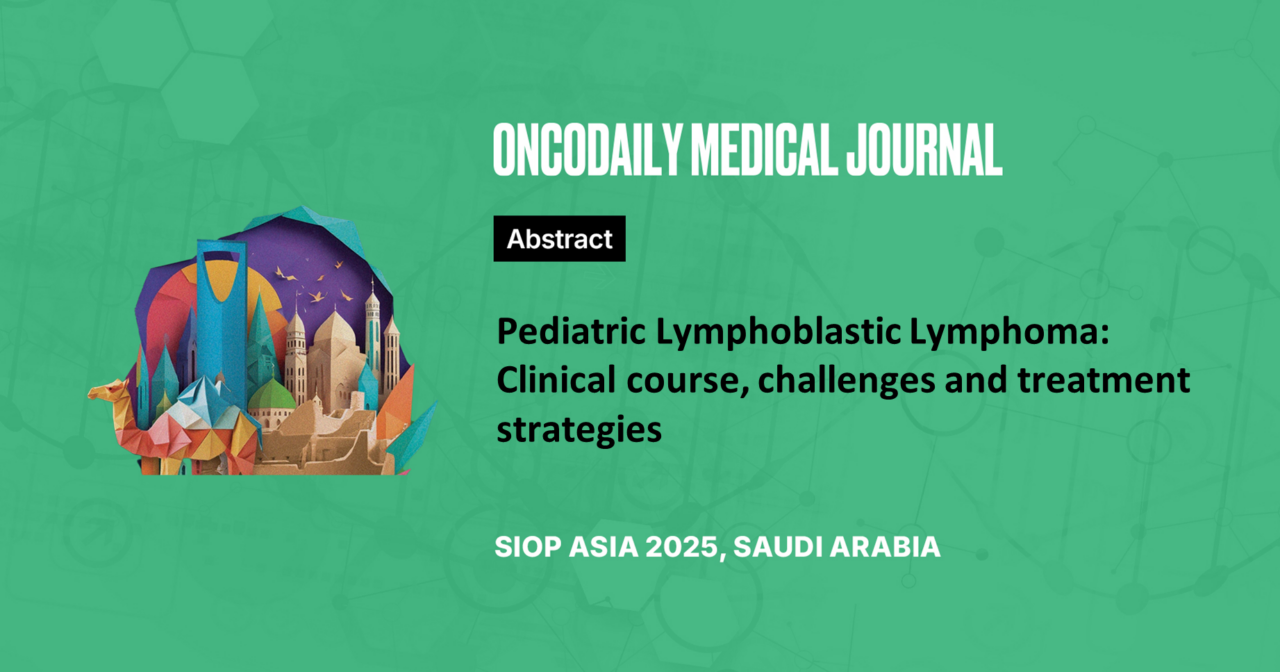Pediatric Lymphoblastic Lymphoma: Clinical course, challenges and treatment strategies
Abstract
Introduction: Lymphoblastic lymphoma (LBL) is the second most common pediatric non-Hodgkin lymphoma, accounting for 25-35% of cases, with 70-80% of these being T lineage and the rest B lymphoblasts in origin. T-LBL often presents with large mediastinal tumors and advanced disease, resulting in poor outcomes, especially in relapsed or refractory cases. B-LBL faces similar challenges due to limited data and unclear prognostic markers. Pediatric LBL studies in Asia are scarce. This study examines the clinical course, treatment, and challenges in children with LBL.
Methodology: We reviewed medical records of children diagnosed with LBL from January to December 2024, analyzing demographics, clinical presentation, staging, chemotherapy, and treatment response.
Results: Out of 25 NHL cases, 8 were confirmed as LBL. The median age at diagnosis was 7 years. Four patients had B-LBL: one presented with a thoracic paravertebral mass and paraparesis, one had an orbital mass initially misdiagnosed as hemangioma, and two had vision loss with multisystem involvement. Four patients had T-LBL: three with primary mediastinal masses and one with an extradural thoracolumbar mass causing paraplegia. Most were diagnosed with stage 4 disease according to the St. Jude and Murphy system.
Five children showed neurologic deficits at diagnosis, and two patients had technical difficulties with intrathecal therapy, complicating accurate CNS staging and CNS directed therapy. Treatment followed the Berlin-Frankfurt-Münster-NHL 95 and ICiCLe ALL-14 protocols. Over a median period of follow-up at 6 months, five children are in remission ,and one with B-LBL died from sepsis during treatment.Two patients with refractory T-LBL on bortezomib salvage experienced clinical progression.
Conclusion: This study contrasts with existing pediatric NHL literature by a higher incidence of B-NHL at our centre, often with atypical presentations. Refractory T-NHL is hard to salvage, requiring targeted or novel therapies.





